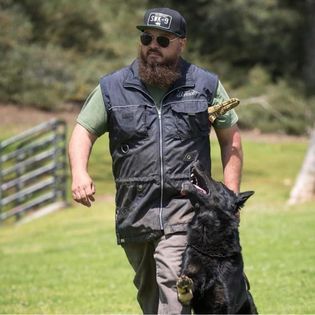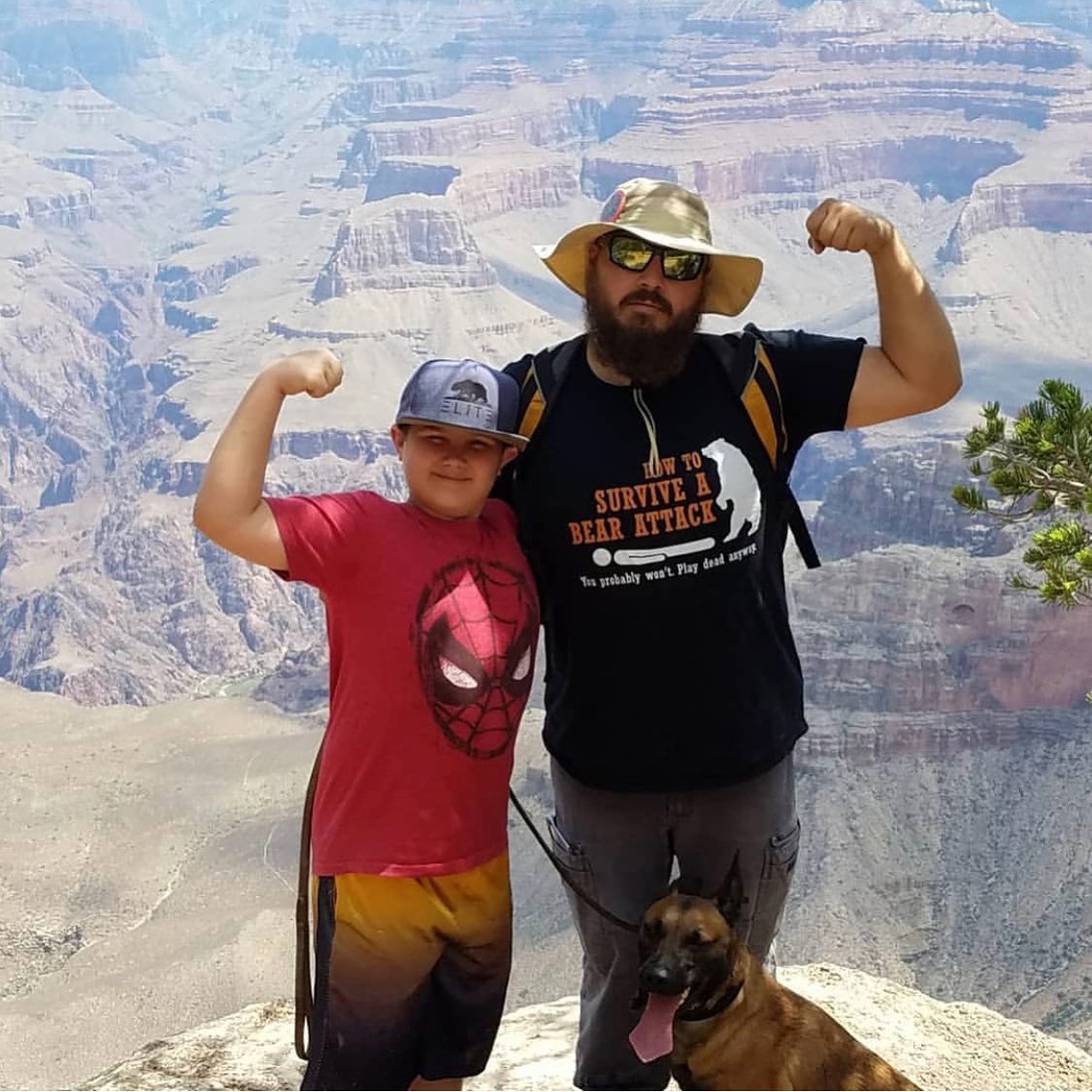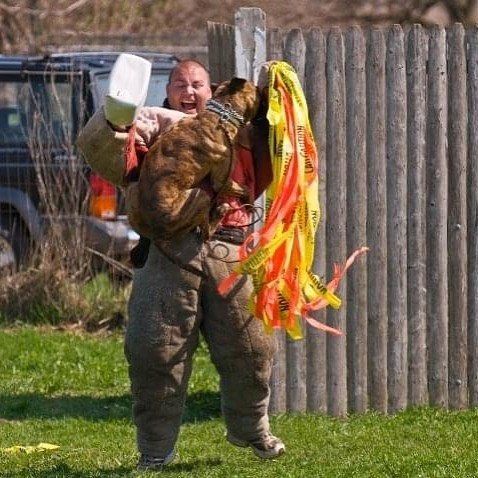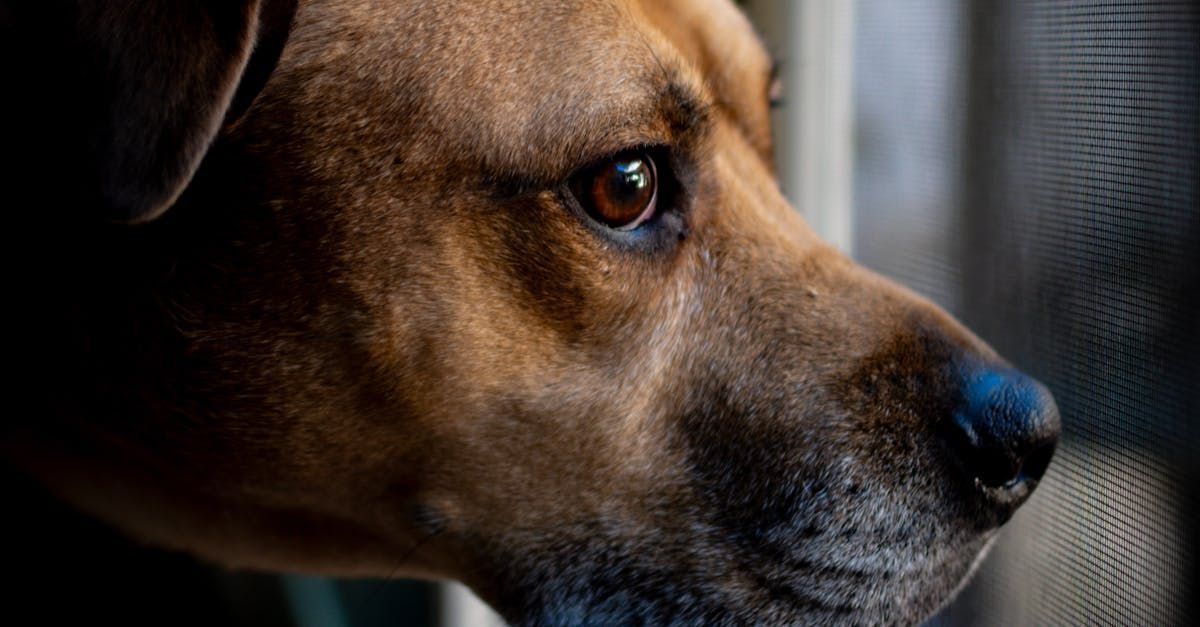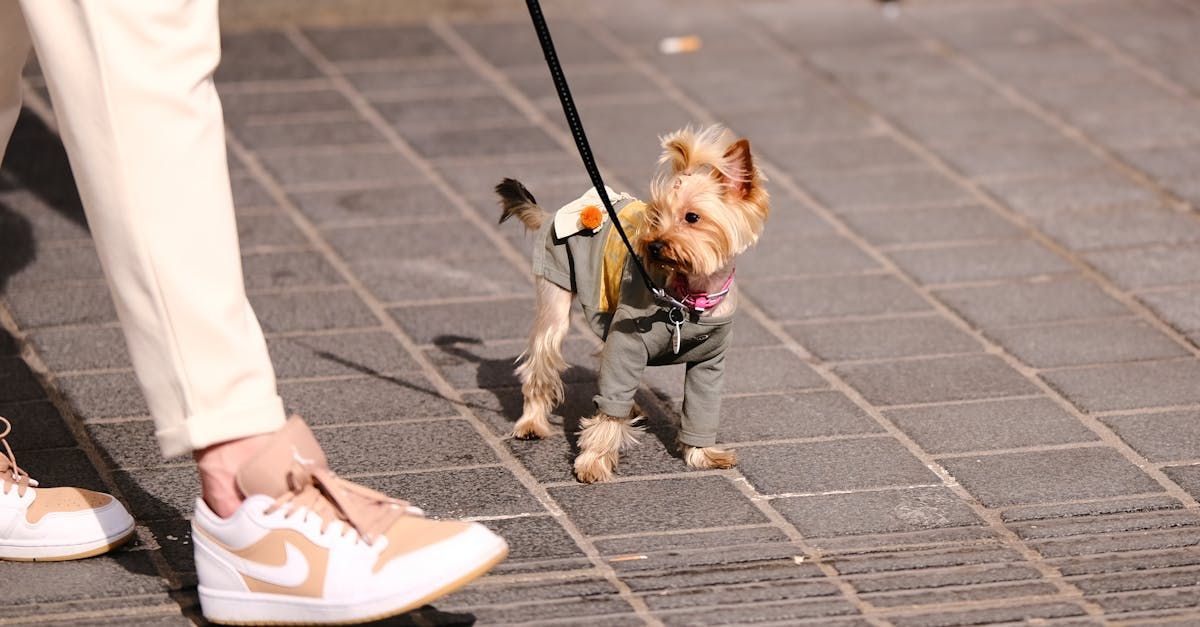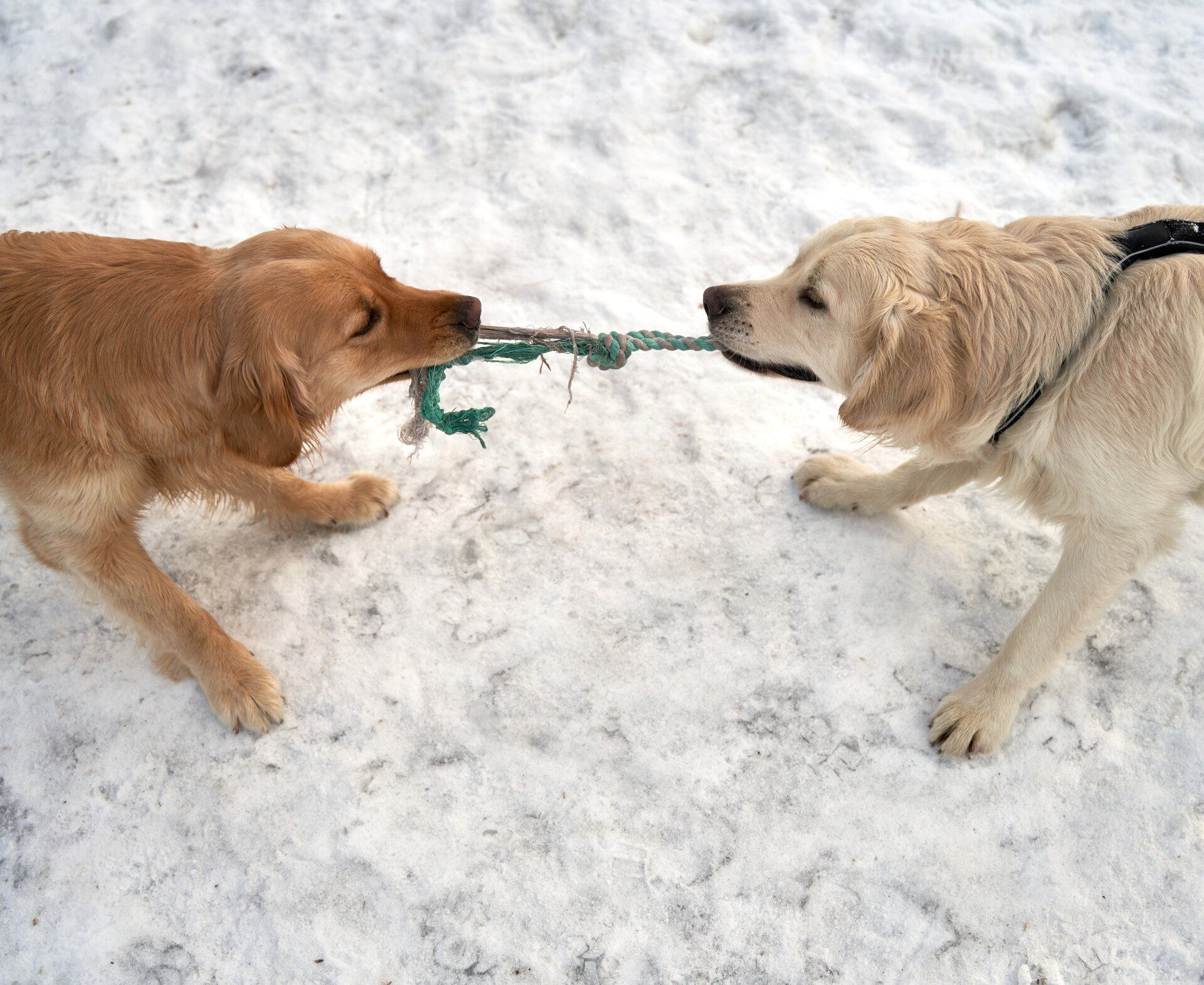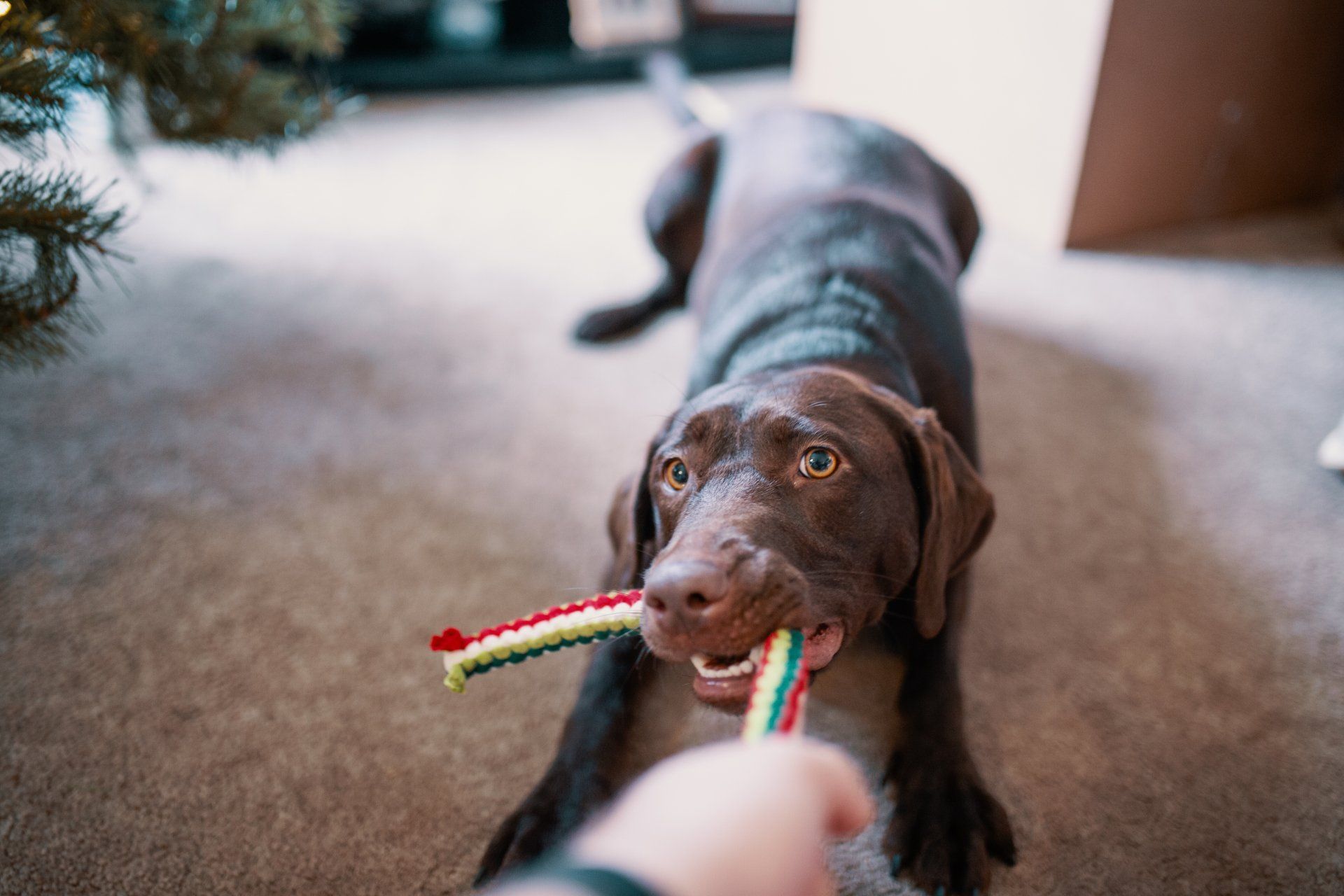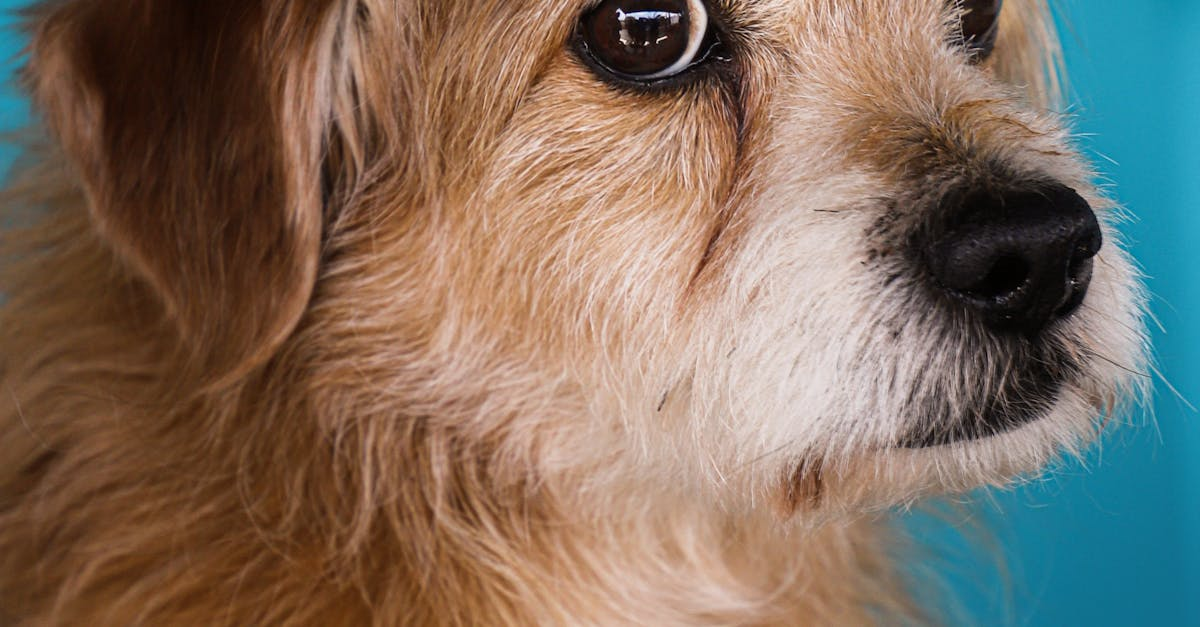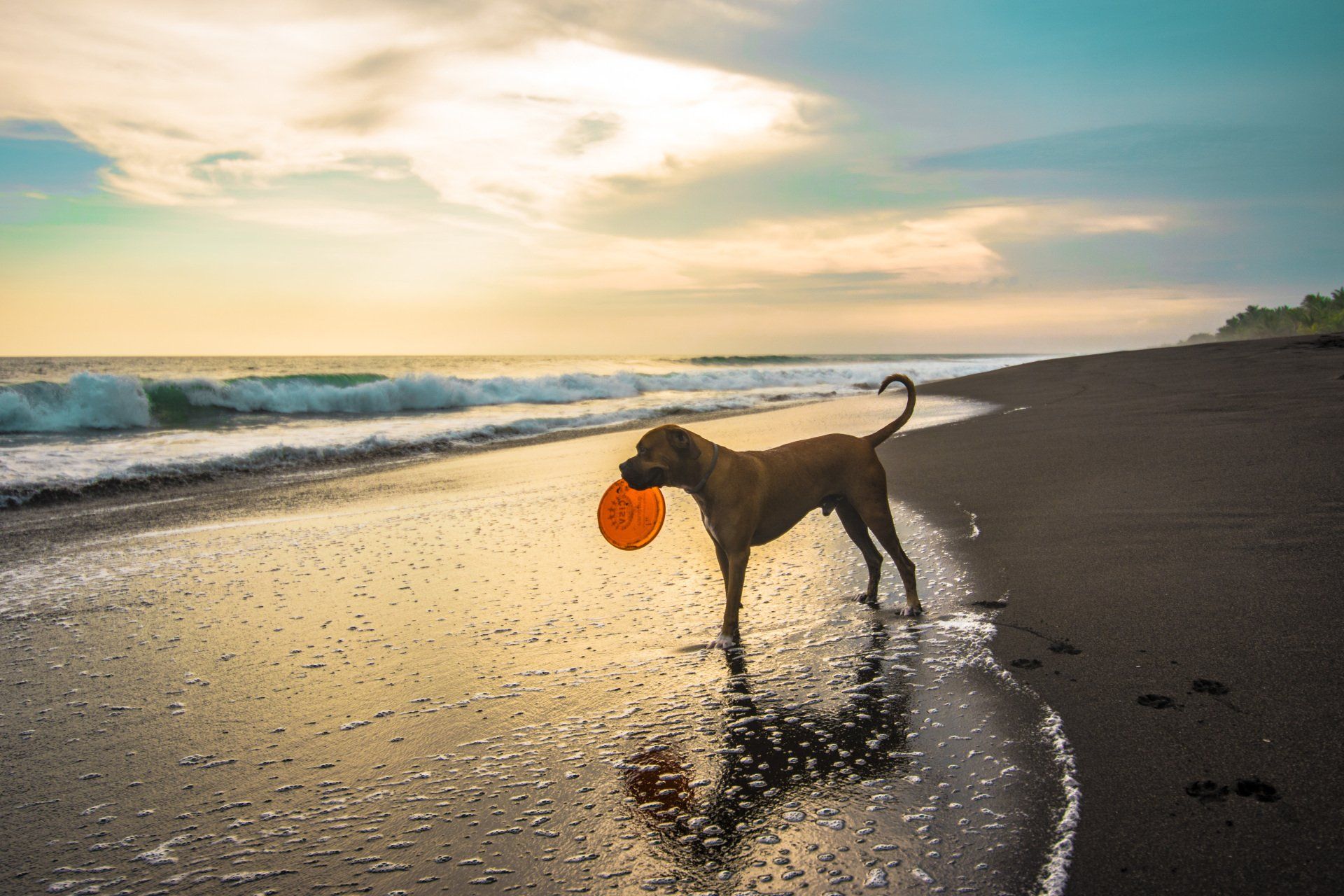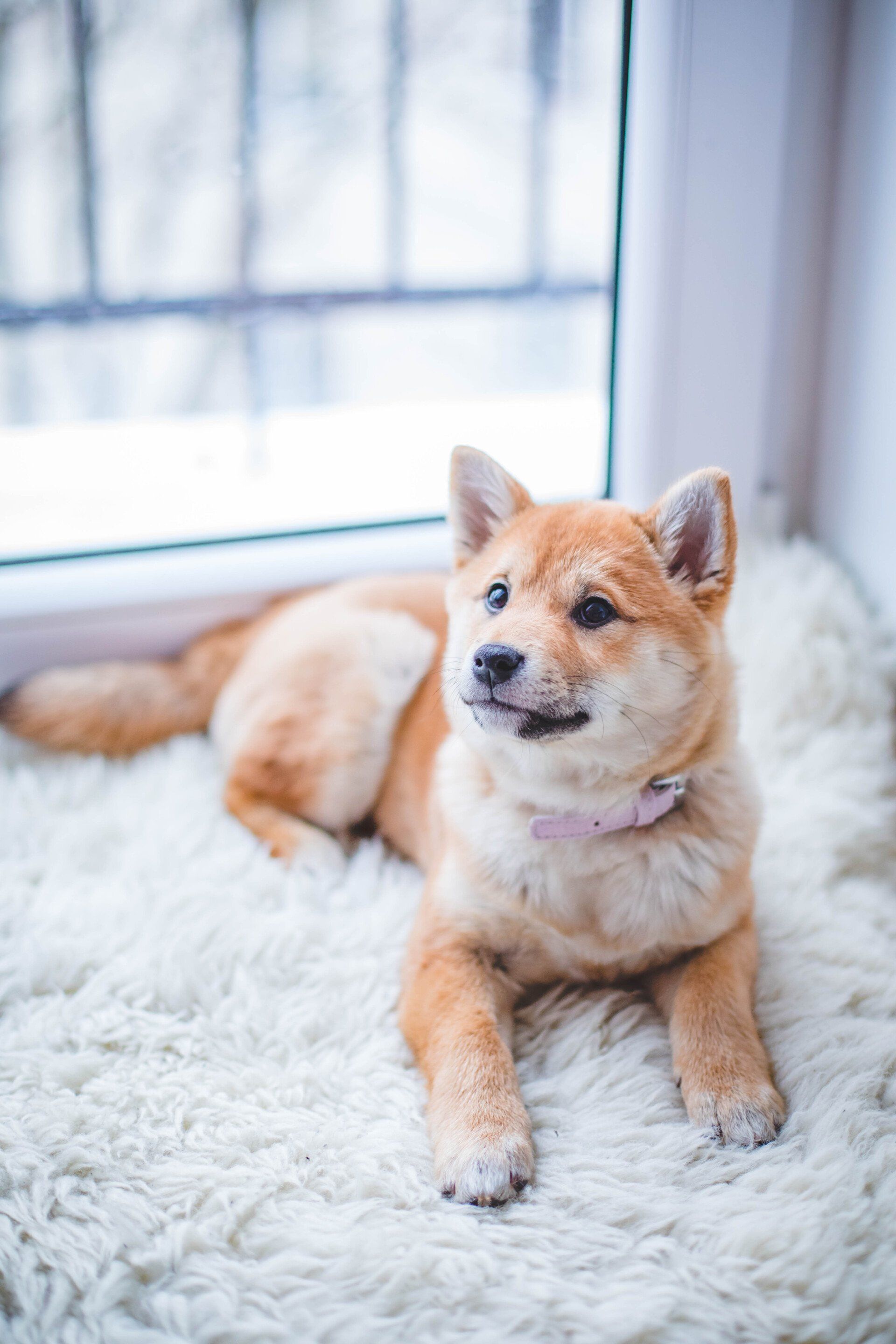Training Is Essential
What Makes Dog Training Critical?
Training is recognizable
A well-trained dog is easy to spot.
What are some risks of not training?
The number of horror stories that can result from not training your dog can easily number in the thousands. Not training your dog sets both the owner and the dog up for failure. Successful training insures a fruitful and mutually-beneficial relationship between the dog and owner as well as with the dog and any other person or place that comes in contact with the animal.
Better training equals better relationship between a dog and its owner.
Training dogs is fun. Effective training means that you are going to have a better relationship with the dog. It also leads to having better methods of communicating with each other that you don’t see in typical human-animal dealings. It leads to a better rapport. If you don’t train your dog and just leave it to discover things on its own, it will learn the things that bother you. Those things include digging, chewing on your furniture, and damaging your house.
Before I really got into training and started developing working dogs, I had a dog that I left in my backyard. She pulled off all the phone cables that were attached to the side of the house, and she started eating part of the outside condenser for the air conditioning unit. I learned real quick that no matter how well some dogs are trained, you still have to control their environment better. Training is important for you as well as the animal. An untrained dog not only has the potential of hurting someone or damaging property, it can also hurt itself.
I trained that dog, and then she went back to a different owner in Illinois. She was the first Malinois I had worked with. Though she wasn’t the right dog for me, she was still a pretty nice dog. To resolve the issue, she just needed some direction.
Saying that training is essential is not by any means an understatement. Training your dog can also save your dog’s life. Imagine your dog somehow bolts out the front door and gets into the yard. What happens when it sees the neighbor’s cat across the street? Proper training will allow you to call your dog back from what could be a potentially harmful situation. If you can’t, your dog could dart out into the street and get hit by a car.
If you want to take your dog out in public, it is just polite to have a well-mannered dog. I can’t tell you how many times I have been in some big store where somebody has a little chihuahua mix wearing a service vest and a 15-foot lead. The animal isn’t trained and it’s just running around wherever it wants to go. That’s not a good situation for anyone. Why would you allow that?
It’s not uncommon in Europe to walk by the patio of a restaurant, or even inside, where people have their dogs underneath their tables. The dog clubs in Belgium are like a bar where people go and hang out. They watch these dogs get trained. Somewhere in the process, someone may think, “Hey, that looks interesting. I’d like to do that.” In those situations, people are learning how to handle and train their dogs. It’s a different culture over there in regards to how they treat the training of dogs.
If you’re going to take your dog out in public, you have to be an ambassador for having dogs in public. You have to be an ambassador for breed. It is the responsible thing to do.
Some of the hiking trails up in Colorado had recently opened after being closed down during the height of the Covid-19 pandemic. A friend of mine decided to take her dogs up there with her to do some hiking. While they were on the trail, someone else’s dog came running up to her. She had no idea where the owner was.
With her dogs being well trained, she was able to put her dogs in what is called an emergency down, and they maintained that down position. Even though the other dog was walking over and bowing up on them, trying to challenge them for a fight or something possibly harmful to all the animals, the situation did not escalate because of the training her dogs had undergone.
Because they had been well trained, she kept her dogs safe and prevented multiple dogs getting into a fight and people potentially getting bit.
Many people take their dogs out in public, and if the animal is not well trained, that dog may get bit or cause someone else to get bit. There are so many things that could go wrong when an untrained dog interacts with the public and other animals.
One of the things about having a dog is that it is supposed to be your buddy. Don’t you want that kind of close relationship to your dog? If it’s your buddy, you’re going to want to spend time with it. If you’re going to spend time with it, why not make it productive?
Some people don’t understand that getting a dog out and training it isn’t always getting a clicker and using food. Every time a dog is taken out of the crate or let outside into the yard, it is learning everything. It learns how you walk. It learns how you talk. It learns new smells that it wants to explore.
It learns that certain things are allowed to happen. For example, if you allow a dog to discover it can get food from a trashcan, it is going to be a hard habit to break after that. This is because the negative behavior is reinforced with the finding of food. A dog doesn’t realize it’s trash. He thinks it’s dessert.
If you take the time to teach your dog how to communicate with you and your dog goes over to the trashcan, all you have to do is tell it to knock it off, and your dog will leave it alone. This takes time and is part of building the relationship between you and the dog. Your dog is going to learn to communicate with you through your commands, your stance, and a myriad of other non-verbal as well as verbal indicators.
How far do you need to go in training?
The limits in training your dog are bound only by your desire and the genetic abilities of the dog. Some people, understandably, are happy with just having a well-mannered dog. One that doesn’t jump up on guests or bark continuously at night. One that doesn’t mess up the furniture or curtain. One that doesn’t snap at people. One that listens, and this is a companion.
Some people want to go do things with their dogs. Having a well-mannered dog at home is not the same thing as having a well-mannered dog that you can take to the lake. There are different distractions, different stimuli, out there. Not only are the things it can experience different in each situation, the potential hazards are varied as well.
How far you want to train your dog depends on the animal and you.
Then you have people that want to do something competitive with their dogs, whether it is confirmation, nose work, agility, or a protection sport of some kind. Depending on what that person wants to do, their dog may or may not be able to do it. It may be really good at it. Sometimes you never know.
For us at Red Dirt Ringers Club, what typically happens when we are contacted by people that want to get involved with the sport side of training, is they come to us with their pet dog. The dog may have an excess amount of energy, and the owner feels that it needs a job, it needs to do something. They ask us what can they do that would be fun? We show them the sport of mondio ring.
Sometimes in the process of training for the sport, they realize they’re dog is not capable of being the world champion, but they really like the sport and still want to try. So, they can get a different dog that is a better fit for that job.
How far does someone want to take a dog in training? It is totally up to them. Some people just like to teach their dog to do tricks. But I think everyone wants a well-mannered dog.
Dogs do what they’re trained to do, nothing more or nothing less. When a dog does something that its owner doesn’t like or something that’s bad, the dog does it because it has been trained. What does trained mean? It means the dog did an action and that there was some sort of reinforcement for that action.
Sometimes that reinforcement is just a good feeling they naturally get based on the dog’s instincts. A Lab really enjoys going out and getting ducks out of a pond or fetching a ball out of lake. A bird dog is going to take pleasure in hunting for birds and pointing at them. A German Shepherd loves tracking, doing protection work, playing, and being that real nice dominant type of dog.
When it comes to training in protection work, some people can do too much bite work and not enough obedience or control. Then you have a dog that is uncontrollable and just wants to bite everybody and everything. That dog becomes dangerous to itself, other dogs, and the people around it.
The same kind of situation can occur when you have a nice dog that possesses a lot of energy. Its genetics tell it to do something with this energy. When the people who own the dog don’t know any better and don’t teach the dog what to do with that energy, you can get things like nipping.
We had a woman call us the other day. She has an Australian cattle dog. It is nipping at the back of everyone’s legs. I told her the dog is herding them. She asked, “What do you mean? Why is he herding us?”
The answer is simple based on the dog’s genetics. He doesn’t know what else to do. His genetics are telling him that behavior is what is supposed to feel good. As a result, he wants to do it more, so it escalates. It will eventually transition from nips to full on biting. That is where it gets dangerous.
This is where training comes in. She has to make sure the dog has an outlet for its energy that’s productive and satisfies its genetic needs. Sometimes people think genetics are just because a dog is a certain breed. That it’s going to be good at something. Some people think that any dog, because it is domesticated, will make a good pet.
That is a common misconception. Not all domesticated dogs make good pets. And not all good dogs make good working dogs either. Some make good pets, while others need a job. If it is a working breed, expect the dog to need some sort of job or outlet for that genetic desire that it has to work.
Most people get a dog because they thought it was cute. They bought it with their heart. Six months later, they have this animal that bites everything and everyone, or its growly and scared of everything. Every once in a while, you can get lucky and get the dog that is great and does everything it should. Those are unicorns these days. Training is essential to enhance the relationship between the dog and its owner.
The dog is supposed to be your buddy. Take the time to invest in training it. Take the time to discover its genetic needs and build on those strengths.
A Training Success Story
Kitty Pryde is the cream of the crop at Red Dirt Ringers Club. She is a Mondio Ring 3 dog, trained on narcotics detection and building searches. She is “all that and a bag of chips.” Since her heyday, she is now enjoying retirement. Today she works as a service dog for a veterinarian down in Dallas, Texas.
She is a little dog, but incredibly fast. In spite of her size, she was trained to clear a room by barking in the face of someone she found there that could have been a criminal trying to hide. When she would enter a room for a bark and hold, she would literally hit the person’s nose with the bottom of her lip. If the decoy moved, she would bite.
That intimidated some law enforcement trainees that were learning to work with protection dogs. At first, they did not think she could do the job because of her size. They quickly changed their opinions after seeing her work. She worked as our demo dog to show people what could be done.
Cream of the crop: Kitty Pryde
At What Level Is Training Complete?
A companion animal stays at home. You like having it around. Some studies say that people who own dogs live longer. They live longer because dogs are affectionate. Being warm-blooded creatures, everyone needs affection in their world. Dogs give that.
A well-trained, well-behaved dog is a great companion.
A service animal is a dog that can be taken anywhere, any place, and any time. It is used to perform a specific task that—if you’re not disabled—you would be able to perform.
Many people actually misuse the term. Some equate their emotional support dog with being a service animal. That is not the case. Neither is it a therapy dog—an animal that goes around to retirement facilities or children’s hospitals where people can pet the dog while they’re being read to.
An emotional support dog is a well-behaved animal that provides affection, comfort, and support to its owner. This often aids with anxiety problems or emotional needs. More advanced training is needed to be a therapy dog. This animal travels and enters into public facilities like hospitals or schools so that it can provide emotional support and comfort to the public.
A service dog assists with medically necessary tasks and daily living needs. For a person that suffers from mobility issues, a service dog will assist with getting up, walking around, or even retrieving different items. A seeing-eye dog will help the visually impaired person navigate through their surroundings. Some dogs are even trained to alert their owners when medically dangerous situations arise like low blood sugar in diabetic patients.
State and local laws grant protected status to service dogs, and they are allowed to accompany their owners in public places. Emotional support and therapy dogs are not considered service dogs according to the federal Americans with Disabilities Act.
Can You Teach an Old Dog New Tricks?
Simple answer…Yes. It’s not that you can’t teach an old dog new tricks. It’s harder to break an old dog’s old habits. Nine years of bad habits is a lot harder to correct than two years of bad habits. Just as behavior enforcement in integral to training your dog, bad habits are enforced behaviors that the dog will have to unlearn. This is the source of the old saying, “You can’t teach an old dog new tricks.”
Next month, we will be looking at setting up for training your dog. We will be answering questions like: What am I going to need? How many stages and length of each stage? Do I need to prepare my home like I would for a toddler? Does the whole family need to be involved?
Let’s get started.
Request a Phone Call from a Dog Trainer
We'll be in touch as soon as possible.
Dog Training Inquiry
Thank you for contacting Southern Warrior K9. We will get back to you as soon as possible
Oops, there was an error sending your message. Please try again, or email us directly at SouthernWarriorK9@gmail.com.
Contact Information:
Phone: (405) 326-0055
Email: SouthernWarriorK9@gmail.com
Address: 10451 OK-9, Norman, OK 73026
Disclosures
* Southern Warrior K9, LLC, and its training programs are not affiliated, sponsored, endorsed, approved, or associated with the American Kennel Club or the AKC Canine Good Citizen testing program. For more information about the AKC Canine Good Citizen testing program, please see https://www.akc.org/products-services/training-programs/canine-good-citizen/
** Nothing on this website should be considered legal advice. If you have legal questions about whether your dog qualifies for protected legal status as a service dog, please consult an attorney.
All Rights Reserved | Southern Warrior K-9, LLC.
